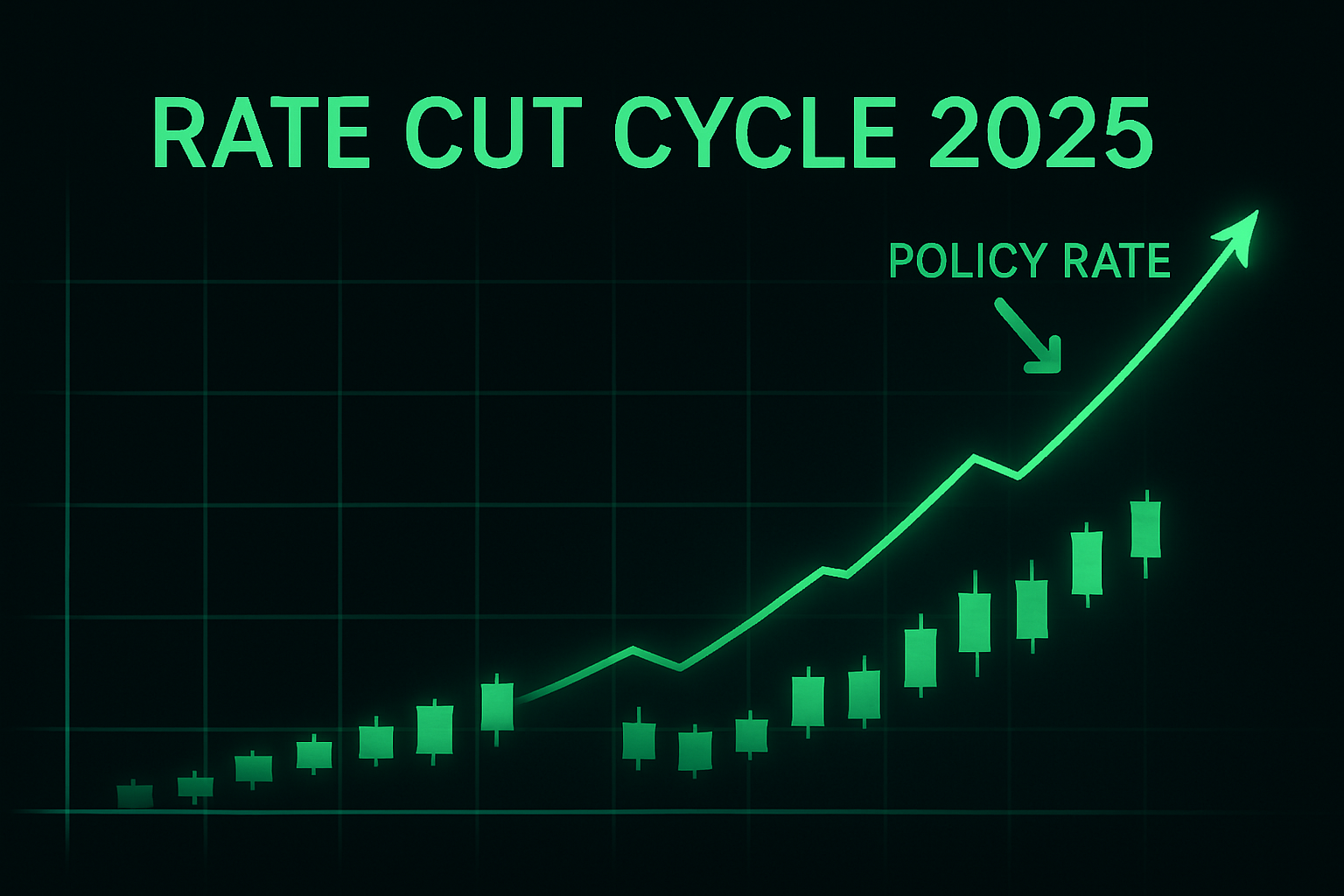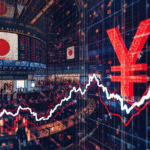Japan new prime minister economy faces a defining moment as Sanae Takaichi becomes the country’s first female leader. Her arrival comes just as the Nikkei 225 hits multi-decade highs and the yen weakens, raising questions about how her policies could reshape Japan’s economic direction in 2025.
Japan new prime minister economy: A historic shift in tone
Takaichi’s rise is symbolically powerful. She is the first woman to lead Japan in its postwar history, and she brings with her a reputation for fiscal boldness and political conviction. Her election was widely compared to Margaret Thatcher’s ascent in the 1980s, a parallel that Reuters notes reflects both admiration and skepticism.
Markets immediately responded. Japanese equities extended their rally, with global funds rotating back into Tokyo after years of underweight exposure. The yen, by contrast, slipped further, signaling expectations that the Bank of Japan will remain cautious about tightening even as inflation edges higher.
The challenge for Takaichi is to manage those two forces: sustain growth without letting the currency slide into instability. Her early comments suggest a preference for public investment in technology, green energy, and national defense, a continuation of the industrial strategy that began under Abe but with a more assertive tone on security and innovation.
Markets at a crossroads
The Japan new prime minister economy narrative has quickly become the market’s new lens on Asia. Japan’s stock market has been one of 2025’s quiet winners. Exporters have benefited from the weak yen, while foreign investors view Tokyo as a hedge against U.S. and Chinese volatility. Yet the rally has also stretched valuations, and local analysts warn that confidence could fade quickly if policy clarity lags.
The currency remains the story. The yen recently traded around ¥151 per dollar, a level last seen during previous bouts of intervention. Newly appointed finance minister Satsuki Katayama told domestic media that a fair value closer to ¥120–130 would better reflect fundamentals, sparking speculation about potential support measures. As Reuters highlighted, even the hint of an official target can unsettle yen bears used to one-way weakness.
Meanwhile, the Bank of Japan continues its slow retreat from ultra-easy policy. Any premature tightening, however, could choke the fragile domestic recovery—a risk policymakers appear unwilling to take. The result is a delicate balance: stimulus to drive growth, patience on rates, and a currency market that refuses to stay quiet.
What could change for Japan’s economy under PM Takaichi
Early signals point toward a government willing to spend, and spend strategically. Takaichi’s coalition partners have already backed a multi-trillion-yen package targeting semiconductor capacity, renewable energy, and defense modernization. Analysts describe it as an industrial acceleration plan rather than a simple stimulus: the goal is to retool Japan’s economy for the next technology cycle, not just pump money into short-term demand.
At the same time, she has expressed caution about aggressive rate hikes, preferring to let wages and inflation stabilize before tightening. That stance may reassure manufacturers but frustrate banks, which continue to operate under compressed margins. The broader fiscal-monetary mix—loose enough to support growth, not loose enough to crash the yen—will define her first year in office.
Beyond macro policy, Takaichi’s leadership could nudge Japan’s corporate culture. Her speeches emphasize productivity, innovation, and women’s participation in the workforce, priorities that overlap with the corporate governance reforms foreign investors have long supported. If credible execution follows, Japan may finally close its productivity gap with Western peers.
Investor implications for Japan’s economy
For now, sentiment remains cautiously optimistic. The Nikkei’s rally rests on expectations of higher capital spending and steady export earnings. Sectors tied to automation, green infrastructure, and defense could gain further traction. The financial sector, in contrast, remains sensitive to any delay in rate normalization.
The Japan new prime minister economy story also plays out through currency markets. Continued fiscal expansion could keep the yen weak near term, possibly testing ¥155, but any coordinated intervention could drive a rebound toward the 130s. That volatility makes hedging essential for global investors.
Macroeconomically, Japan’s growth could edge up to around 1.5 percent over the next two years—modest, but meaningful after decades of stagnation. Inflation, hovering near 2 percent, finally gives the BoJ room to maneuver. Whether that translates into real wage growth remains to be seen.
Why this moment matters beyond Japan
Takaichi’s premiership arrives as Asian economies recalibrate around shifting global trade patterns. Japan’s decision to invest heavily in domestic tech capacity could influence broader supply-chain realignment, a theme we explored in our analysis of financial innovation. Investors are watching whether Tokyo can seize that strategic moment.
For readers following our coverage of AI-driven market cycles, Japan’s pivot fits neatly into that narrative: a mature economy trying to reinvent itself through technology investment. The question is execution and patience.
Final thoughts
Leadership changes rarely rewrite an economy overnight, but they can shift its tone and trajectory. Japan new prime minister economy marks a chance to reset expectations, and perhaps to prove that decades of caution can give way to disciplined ambition. Sanae Takaichi brings symbolism, resolve, and a willingness to use the state as a catalyst for growth. Whether those traits translate into sustained momentum will depend on coordination between her cabinet, the Bank of Japan, and markets that have grown used to disappointment.
For investors, this may be the start of a long-term experiment: can Japan, after three lost decades, finally learn to grow again on its own terms?
This article is for informational purposes only and does not constitute financial advice.





